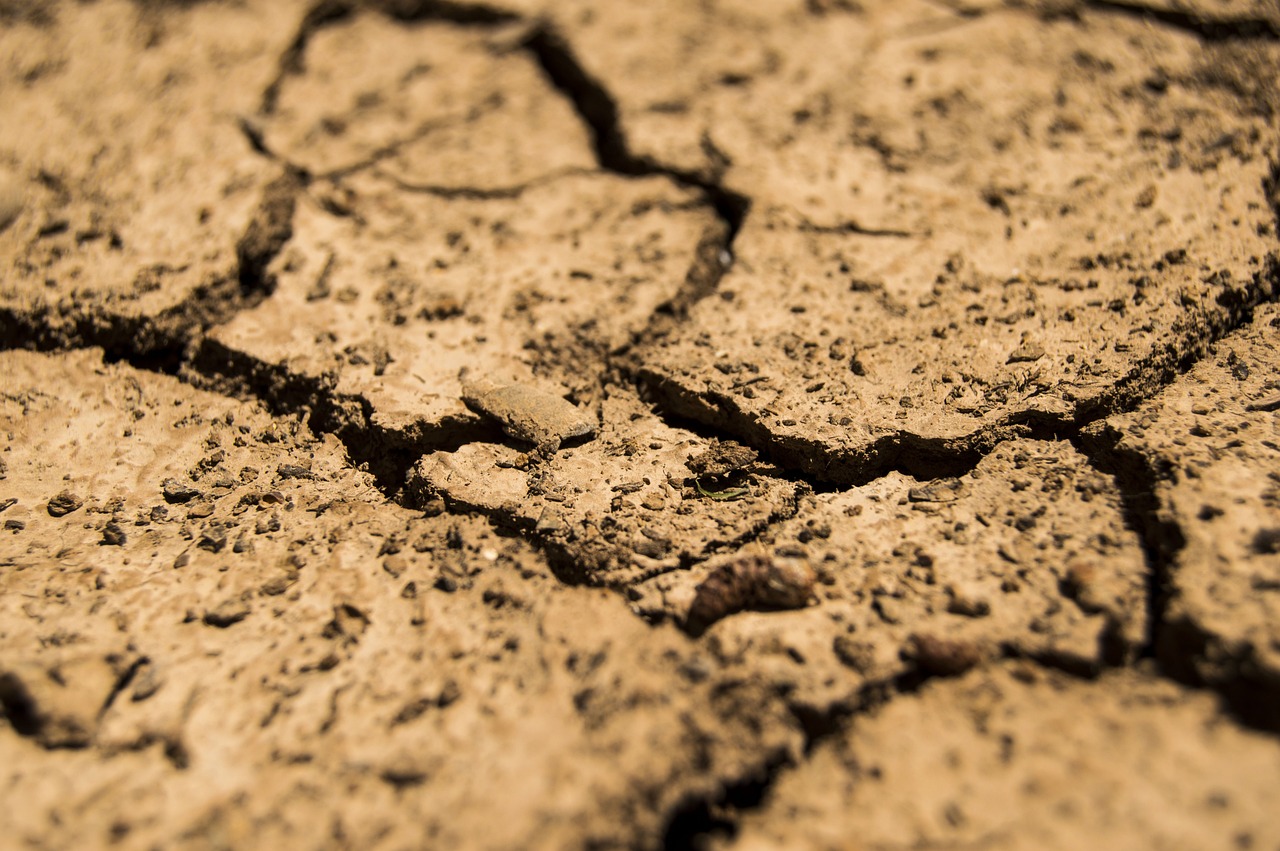Article Title:Evaluating natural site formation processes in eolian dune sands: A case study from the Krmpotich Folsom Site, Killpecker Dunes, Wyoming
Abstract:
Eolian dune sands commonly contain archaeological material in both surface and buried contexts. However, because of the dynamic nature of dunes, the original context of an archaeological site can be severely modified or destroyed as a result of post-occupational geomorphic processes. This paper examines a Folsom occupation associated with a buried soil in the Killpecker Dunes in southwestern Wyoming. Field and laboratory data are compared to determine the likely scenario of natural site formation processes responsible for the current context of the archaeological assemblage. Two primary eolian stratigraphic units are present at the site, and are separated by the buried artefact-bearing soil. Radiocarbon and optical luminescence ages indicate that the Folsom artefacts occur across a temporal hiatus, and that the buried soil is late Holocene in age. Sedimentological data indicate that the highest frequencies of artefacts by depth are associated with an erosional contact characterized by a concentration of coarse-grained material. Thus, the Folsom assemblage appears to have been vertically displaced as a result of post-occupational erosion and deflation. This case study indicates that evaluating the context of an archaeological occupation in a dune setting is best carried out utilizing multiple lines of evidence derived from both field and laboratory work.
Keywords: geoarchaeology; Eolian archaeology; site formation processes; deflation; optical dating; Killpecker Dunes
DOI: 10.1006/jasc.2001.0803
Source:JOURNAL OF ARCHAEOLOGICAL SCIENCE
Welcome to correct the error, please contact email: humanisticspider@gmail.com



